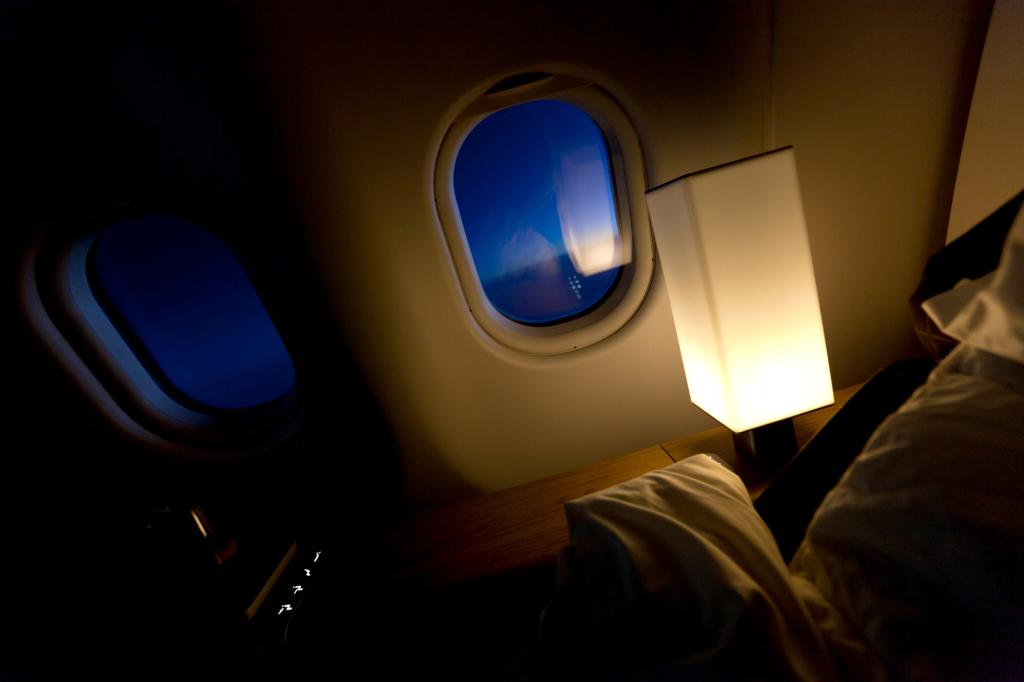Dimming the lights during evening takeoff and landing on flights may seem unnecessary, but it actually has a significant safety benefit. This practice allows passengers’ eyesight to adjust, making it easier for them to evacuate the aircraft in case of an emergency. Former United Airlines flight attendant Sue Fogwell explained that turning down the lights helps individuals see the floor lights that lead to exits, ensuring a safer evacuation process.
In the event of an emergency evacuation, having the lights dimmed gives passengers and crew members extra time to adjust to the dark, making it easier for them to locate exits and evacuate quickly. It can take the human eye around ten to 30 minutes to fully acclimate to darkness, so this measure is crucial for ensuring a swift and efficient evacuation process. Flight attendants play a critical role in ensuring the safety of passengers during these scenarios, and dimming the lights is one of the protocols in place to facilitate a smooth evacuation.
Similarly, flight attendants will brighten the cabin when it is bright outside to prevent passengers from being blinded when deplaning. These seemingly minor adjustments in lighting play a crucial role in ensuring passenger safety during takeoff and landing. The Federal Aviation Administration requires flights to be evacuated in 90 minutes or less in case of an emergency, highlighting the importance of these safety protocols onboard aircraft.
In addition to dimming the lights during takeoff and landing, many airlines also require passengers to have their window shades up during these phases of the flight. This rule allows flight attendants to assess any external hazards, such as fire or debris, that could impede an emergency evacuation. By having the window shades up, crew members can quickly identify and address any potential risks that may arise during takeoff or landing, further enhancing passenger safety onboard.
The rationale behind these safety measures is to ensure that passengers are prepared to react swiftly in the event of an emergency during takeoff or landing. By having the lights dimmed during nighttime flights and window shades up during these critical phases of the flight, passengers can adjust their eyesight to external conditions, facilitating a quick response if needed. These safety protocols are put in place to minimize the risks associated with air travel and ensure the well-being of passengers and crew members onboard.
Overall, the dimming of lights during takeoff and landing, along with the requirement for window shades to be up, are essential safety measures onboard aircraft. These practices are implemented to enhance passenger safety and facilitate a swift evacuation process in the event of an emergency. By following these protocols, airlines aim to mitigate risks and ensure that passengers are prepared to respond effectively to any unforeseen circumstances that may arise during flights.


